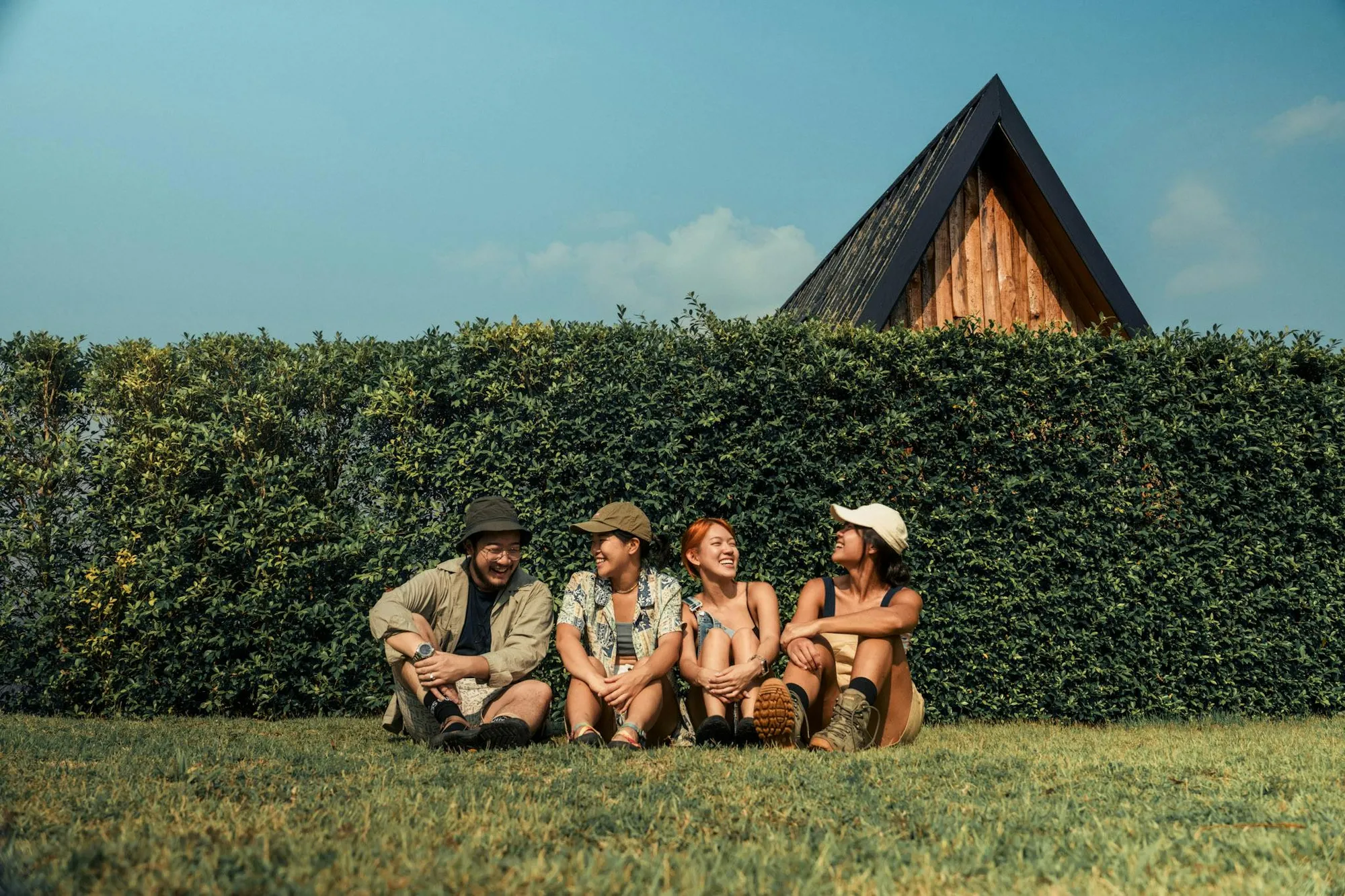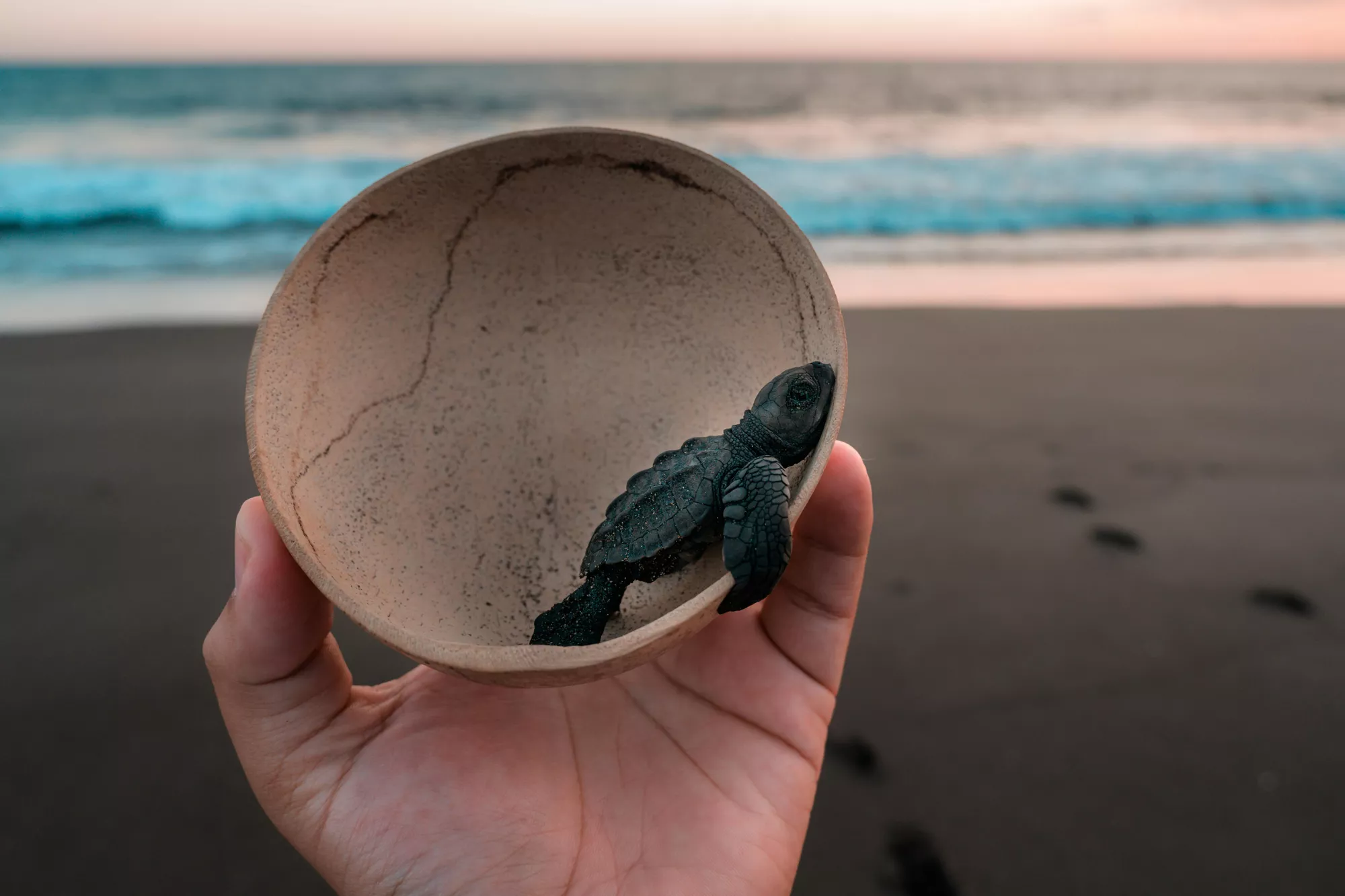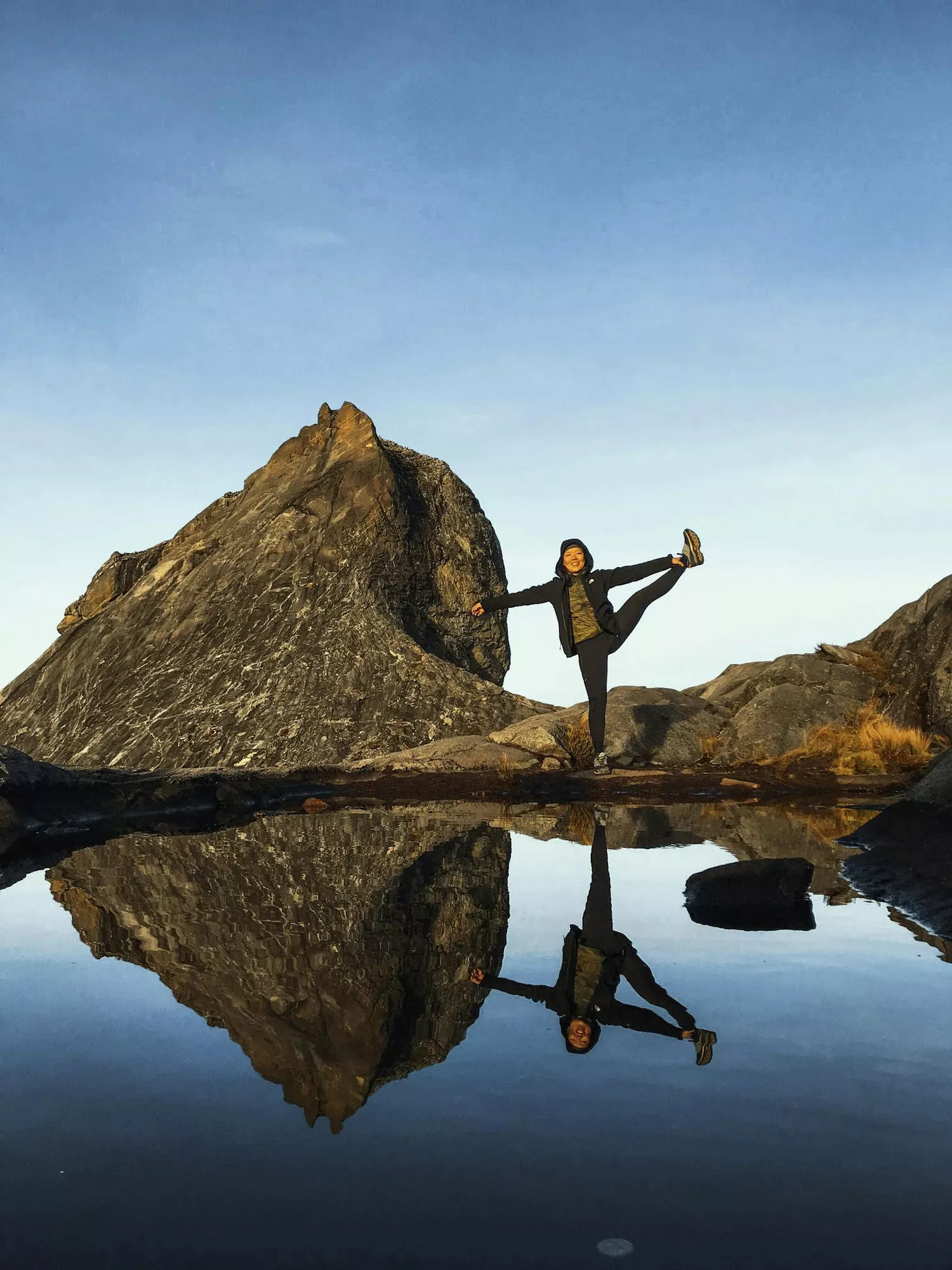6 Ways to Tell if an Orangutan Reserve is Ethical (According to Conservationists)
How to tell if the orangutan reserve you're visiting is truly ethical, and finding a good one in Borneo

We’ll be the first to admit it’s super hard to figure out when travelling which wildlife reserves are ethical or not. Borneo's famous for its wildlife, specifically the orangutans which are endemic to Borneo and Sumatra -- and the 2 most famous reserves are Sepilok (near Sandakan, Malaysia) and Semenggoh (near Kuching, Malaysia).
Unfortunately, not every wildlife sanctuary is trustworthy. With a growing awareness among travelers about the unethical practices of wildlife breeding centers and unregulated roadside zoos, some are attempting to rebrand themselves as "sanctuaries" or "rescues."

Even when we did the research beforehand, most of what we found online raved about how ethical both Sepilok and Semenggoh were, but we knew that this may not be the full story.
So we spoke to conservationists to understand what we need to look out for, and went to see for ourselves!
Here are 6 ways to see if the Wildlife Reserve you're visiting is ethical.
1. Are the wildlife fed or are there wild food sources?

While both reserves have feeding areas for the Orangutans, it is important as well that wild food sources exist.
Wild food sources are good because that means the Orangutans can still have the ability to hunt their own food. For instance, in Semenggoh one of the positive indicators is that during fruiting season, you can hardly find any Orangutans around the feeding grounds as they're all off in the jungle hunting their own fruits.
Both reserves had wild food sources, but we found that in Sepilok the Orangutans were more dependant on being fed by humans.
2. Are there rangers close by?
There were many available rangers around in Semenggoh to guide visitors and the audience which we think is important to ensure proper behaviour in such places, but sadly not as many in Sepilok.
In the feeding areas, Sepilok had no rangers nearby which resulted in the visitors being quite loud. As Orangutans are by nature shy creatures, human noise does cause anxiety among them. So we prefer Semenggoh from this perspective as there were many rangers around to ensure that visitors know how to act around Orangutans.
3. How comfortable are the Orangutans with humans?

Orangutans are by nature very shy, and when they're in the wild they would prefer to watch humans from afar, behind a tree branch. So if you encounter Orangutans that are too comfortable with humans - either approaching humans or being comfortable enough to get close for a selfie, this is a HUGE red flag. This would mean that they have been so domesticated that they cannot return to the wild.
While the orangutans in Semenggoh kept their own distance from the humans and did not like to come close to humans, the orangutans in Sepilok seemed more comfortable with humans, and were often found walking close to humans. This is a red flag for us because this means they’re more domesticated than wild.
The feeding area for the orangutans in Semenggoh was also much further away as compared to the one in Sepilok, which also gave us an indication of how comfortable the orangutans were with humans.
4. Are they made to perform or are you allowed to touch them?
Both did not make the orangutans perform or allow visitors to touch them in any way, which was great!
Unlike other items on the list which isn't a 100% deal-breaker, this is the biggest no-no for ANY wildlife reserve. In circumstances where wildlife are made to perform to strangers, there will inevitably be abuse and unethical behaviour behind the scenes.
Be extremely wary of any sanctuary that permits visitors to touch or hold the animals, as no reputable wildlife sanctuary allows such interactions.
5. How much space do they have?
Both reserves had a lot of space for the orangutans, which was a green flag for us, though Semenggoh had a lot more open space as compared to Sepilok. It's important to scrutinize the living conditions of the animals and determine if their enclosures replicate their natural habitats.
Be cautious of enclosures that are small, have concrete floors, or are surrounded by chainlink fences. The sanctuary should aim to replicate the animals' natural habitat closely.
6. Are they walking on fours or twos?

For conservationists, if Orangutans are seen walking on two feet rather than four, this could be a red flag because it could be an indication that the Orangutans have become so accustomed to human behaviour that they are mimicking them. In the wild, Orangutans would generally walk on fours (though they have been seen occasionally to walk on twos).
In Semenggoh, we found most of the Orangutans walk on fours, but in Sepilok it was a bit more common to see Orangutans walk on twos.
For those who love wildlife, one of the greatest joys of traveling is witnessing wildlife in their natural environments around the world. The last thing you'd want to do is inadvertently support the mistreatment, exploitation, or harm of animals in the name of tourism. That's why it's crucial to make conscientious choices by selecting ethical animal sanctuaries and wildlife reserves.
We believe that wildlife should live as wild a life as possible, with minimal human interaction. Personally we would still prefer to see orangutans in their most natural habitat so if we had to choose - we'd prefer Semenggoh!
Afterword: This is a really complicated topic. Even though Semenggoh is our preferred place to see Orangutans, we didn't notice any unethical behaviour at Sepilok. So even though Sepilok may not have been as sustainable as we would have liked, it is by no means unethical.
Check out all of our experiences in Semenggoh and Sepilok.
Semenggoh Nature Reserve Experiences FAQs
Is the Ranger available to provide the tour?
Are there any restrictions on photography or filming at Semenggoh Nature Reserve?
Is there any entrance fee to visit Semenggoh Nature Reserve?
What is the best time to visit Semenggoh Nature Reserve?
Does Semenggoh Nature Reserve offer guided tours?








![Your Cheat Sheet to Planning a Mount Kinabalu Climb [2025]](https://d18sx48tl6nre5.cloudfront.net/webp_md_27b2d18c840570c1e30f8882b8bd1437.webp)






